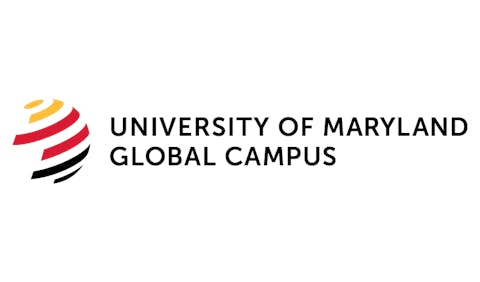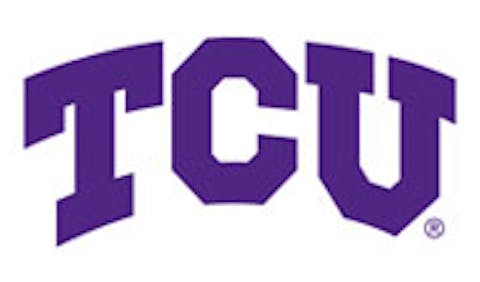Our institutions differ in many ways—one of us leads a community college in California’s agricultural heartland of San Joaquin Valley; the other serves as President of  Frank Wu
Frank Wu
The other of us is President at Madera Community College in Madera County, California, in the heart of the San Joaquín Valley—a region that is in the center of one of the world’s most productive agricultural regions. Farmworkers and immigrants from all over the world call our region home. On our campus, we have 40 percent first generation students, underscoring the fact that Madera County is comprised of 20 percent foreign born residents and is an area where 57 percent of adults work in Agriculture.
In addition to being a Hispanic Serving Institution, with 68 percent of our students identifying as Hispanic/Latinx, Madera has an emerging Sikh community on our campus and in the surrounding area, which broadens the lens and perspective of all communities at our institution. We’ve adapted to this growing population in our region by adding classes and coursework directly relevant to this community. Much like the students and community we serve, I am an immigrant to the United States and grew up as a migrant farmworker in the state of Washington.
 Dr. Angel Reyna
Dr. Angel Reyna
We learn from each other by having a diverse mix of cultures on campus, including from the lived experience of many immigrant-origin students. And we know that many employers want a diverse workforce for our increasingly diverse country. To take one example, Queens College is now a leading source for teachers for K-12 public schools in the surrounding area, helping ensure that classrooms are equipped for the needs and diversity of our borough.
We also know this isn’t always easy—there are tensions and issues we have to navigate on our campuses and in the country as a whole regarding immigration. Right now, that includes anxiety among some students, graduates, and staff wondering about their futures in this country given the potential end of programs such as Deferred Action for Childhood Arrivals (DACA) and some of the immigration policy pledges of the incoming administration. As a result, it’s important that campuses are aware of the best resources and ways to help immigrant-origin students prepare. Key recommendations include engaging directly with these students to express solidarity and support; encouraging community building and sharing of key campus resources; and conducting and facilitating "know your rights"workshops and legal screenings to help identify any pathways to legal status and work authorization based on their education, skills, and background.
We support the principles and ideals underlying the purpose of higher education and the missions of our institutions that make the case for immigration and supporting immigrant-origin students. There are economic cases to be made for why supporting these students’ education, career, and future opportunities is good for not only immigrant students, but the country as a whole. For those of us who can, it is the right and timely thing to do to speak out and support immigrant students during these crucial and challenging times.
Dr. Angel Reyna is President of Madera Community College in California and Frank Wu is President of Queens College in New York. Both are members of the Presidents’ Alliance for Higher Education and Immigration.




















